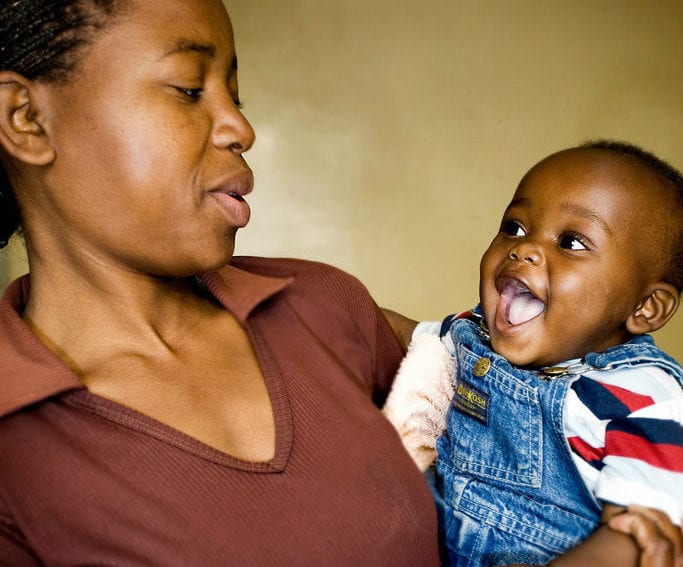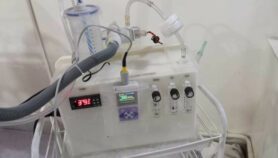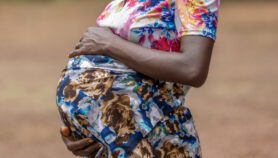By: Gilbert Nakweya
Send to a friend
The details you provide on this page will not be used to send unsolicited email, and will not be sold to a 3rd party. See privacy policy.
[NAIROBI] A South African scientist who has designed a ground-breaking technology that improves the efficacy of drug treatment in children infected with HIV/AIDS has been named the 2013 Olusegun Obasanjo Scientific Award winner by the Kenya-headquartered African Academy of Sciences (AAS).
The award, which is named after Nigeria’s former president Olusegun Obasanjo and established in 2009, is administered biennially by AAS to reward African scientists in the field of scientific discoveries and technological innovations. The inaugural prize was given to two South African scientists in 2011.
Viness Pillay, a professor of pharmaceutics at the University of the Witwatersrand in South Africa, was today (16 April) officially declared the winner by the African Academy of Sciences (AAS) for pioneering the RapiDiss Wafer Technology, an innovative way to provide effective anti-retroviral (ARV) drug therapy to children living with HIV/AIDS.
“I explored the idea of designing a paediatric-friendly formulation for HIV/AIDS that would be simple to manufacture, easy to administer, safe and most importantly provide superior therapeutic efficacy over current adult-based products.”
Viness Pillay, The University of the Witwatersrand in South Africa.
The technology requires that an oral medicine is placed inside a child’s cheek where it melts rapidly and gets released into the blood system without the need for chewing or adding water.
The AAS award consists of a gold medal, a certificate and a cash prize of US$5,000 and was given at the 9th AAS General Assembly in Brazzaville, Congo.
“I would like to thank the Olusegun Obasanjo Prize Committee for this great recognition of the innovation in Africa. It is such a remarkable honour to be recognised as an African innovator,” Pillay tells SciDev.Net.
He adds: “As an innovator … I will continue to endeavour to ensure we place real African innovations on the map in terms of pharmaceutical product development to solve our unique health challenges on the continent”.
Pillay notes that over three million children live with HIV/AIDS globally with 90 per cent of them in Sub-Saharan Africa, but many companies in research and development focus primarily on adult HIV/AIDS population, resulting in a major gap to provide effective product solutions for children.
“I explored the idea of designing a paediatric-friendly formulation for HIV/AIDS that would be simple to manufacture, easy to administer, safe and most importantly provide superior therapeutic efficacy over current adult-based products,” Pillay says.
He notes that the innovation could be explored in the future for other diseases such as tuberculosis, malaria, diabetes and cancer.
Elishiba Kimani, a professor of gender and development studies at Kenya’s Kenyatta University, says that the focus of the 2013 award is exciting because it is on innovations in the area of HIV/AIDS, given the challenges that the pandemic has posed to Africa.
“Indeed, the beneficiaries of the breakthrough and innovation awards are vulnerable groups, namely women and children,” Kimani tells SciDev.Net.
Ahmadou L. Ndiaye, AAS president, says: “Professor Pillay, an African scientist, has shown his ingenuity by designing formulation technologies that can dramatically improve the bioavailability of [ARV] drugs at a [rapid] rate”.
This article has been produced by SciDev.Net's Sub-Saharan Africa desk.














